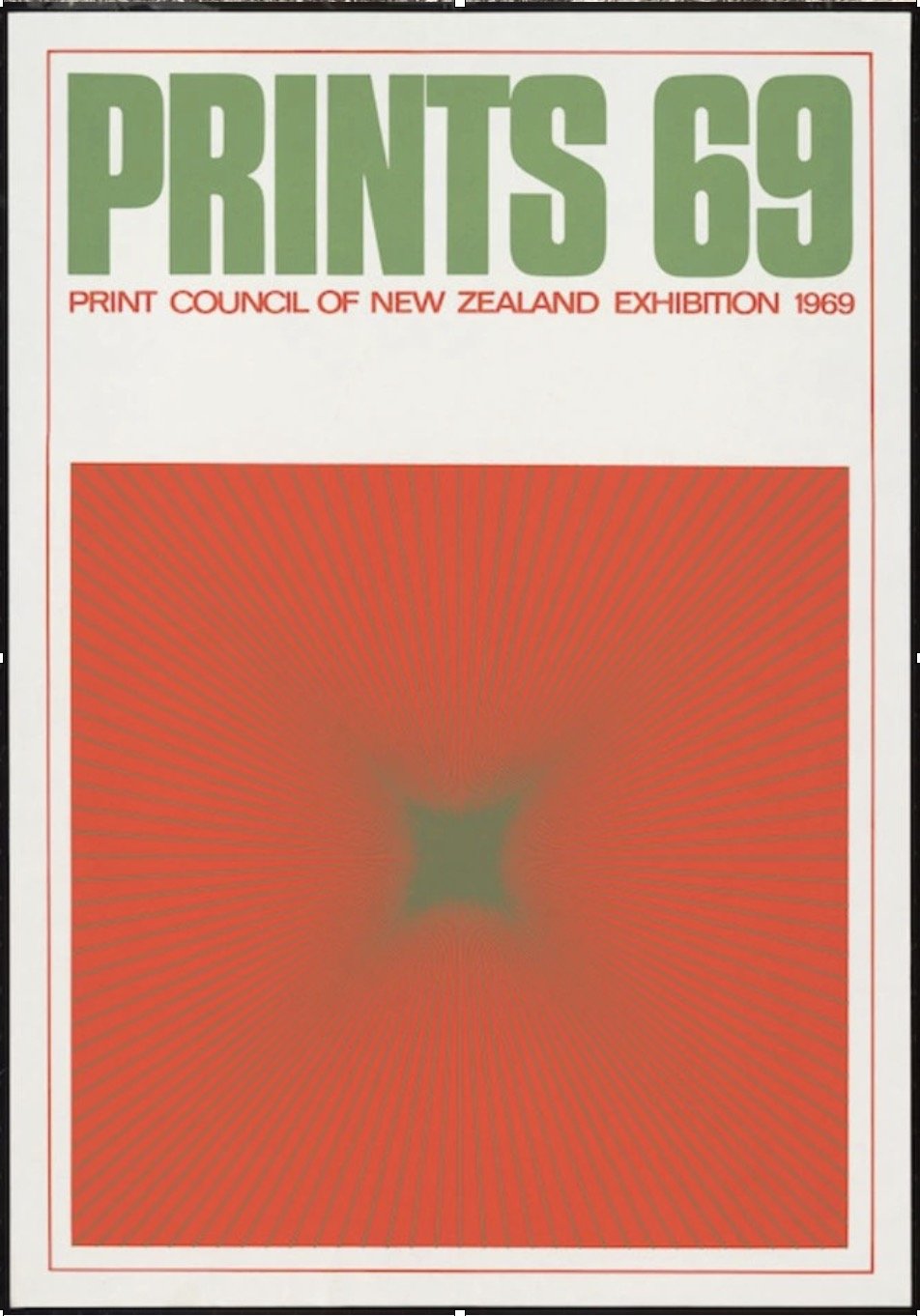Walter Auburn 1906-1979: A biography
Image: Photographer Unknown, Portrait of Walter Auburn , Auckland Art Gallery
By Grace Pooley
Dr. Walter Auburn (Nee Walter Auerbach) was born in Cologne in 1906 to German-Jewish parents.[1] Auburn's father qualified to practice medicine in 1896 and spent eight years working in German hospitals.[2] During the first World War Auburn’s father volunteered as a war physician, spending four years with the German forces in France and Poland.[3] Auburn's father received both second and first class iron crosses for rescuing wounded soldiers in active battle.[4] His military awards were accompanied by a certificate of valor reading “the gratitude of the Fatherland is your reward.[5] ”This ‘gratitude’ would not save Jewish war veterans during the Shoah.
Auburn attended Friedrich Wilhelm Gymnasium, a humanist school that emphasized the study of classical subjects. Auburn disliked his school, which he called a cold and hostile environment, and he wrote of experiencing antisemitism from his teachers.[6] Nevertheless, Auburn's passion for fine arts was nurtured by his French teacher, Mr. Beckmann.[7] It was through Beckmann that Auburn was introduced to Dr. Aegis Beitz, the Director of the Schnutgen Museum[8]. Beitz mentored Auburn, exposing him to art, rare books, and illustrated manuscripts housed at the Schnutgen and within the sacristies of the churches in Cologne.[9] These early experiences likely played a significant role in shaping Auburn's aspiration to establish a 'Kuperferstich Kabinett' (a collection of prints). Furthermore, Auburn's childhood stamp collection illustrates his early passion for collecting.[10]
After finishing secondary school Auburn studied medicine. At the time the German tertiary system allowed students to move between university programs. Auburn spent his first term at The University of Freiburg, two terms in Berlin and his final theoretical term in Cologne, before starting clinical training in Heidelberg. While in Heidelberg Auburn was given permission to do a year of clinical training in Zurich, where he studied under Eugene Bleuler from the influential Burgholzli Hospital. Bleuler left a strong impression on Auburn, who recalled the professor's approach to patients as human and friendly and his lecturing style as both simple and profound.[11]
Toward the end of his tertiary schooling Auburn remembers students separating into camps: those who aligned with the Weimar coalition and those pinning their hopes on the rapidly increasing popularity of Adolf Hitler.[12] The political affiliations of University staff also became apparent. Auburn describes significant discrimination toward Jewish and foreign students who had to work much harder than their classmates to achieve comparable results.[13] By the end of his theoretical studies Auburn understood that if he was to find a practical placement he would need to apply to hospitals where the chief was either Jewish or a Republican. Eventually, Auburn secured a position at a hospital in Heidelberg under the management of a Jewish doctor. It was in Heidelberg that Auburn met and fell in love with Lore, a young Jewish medical student.
However, his time there was marred by antisemitism; hospital staff adorned their lab coats with swastikas and the ominous sounds of Nazi rallies could be heard echoing outside the wards.[14] When the chief of his hospital retired and was replaced by a young Nazi, Auburn recognized he'd need to find new employment. Late in 1932 Auburn was offered a registrar position at a municipal hospital in Berlin where Lore would also begin the final year of her practical training.[15] The couple married in December of 1932.
Shortly after starting at the hospital, Auburn and Lore received notice that all state and municipal employees of ‘foreign race’ were given notice to quit in accordance with a directive from Fuhrer Adolf Hitler. Desperate to flee the country the couple took the train to Holland on March 31st 1933.[16] When they arrived at the platform to board the train it was crowded with refugees. By the time the train reached its last stop at Bauhof Clattenburg the carriages were packed and there was no room left for the hoards of families waiting on the platform.
Miraculously, three extra carriages were shunted onto the back of the train, an illegal action carried out by sympathetic railway employees.[17]
Auburn had family in the Hague who greeted the couple on their arrival and suggested they travel to Britain where it was rumored German doctors were well received. At the end of 1933 Lore and Walter traveled to Scotland where they had to retrain at a British medical school. They had almost no money and spoke very little English, but were aided by Lore’s brother who had managed to escape to America with his savings before 1929.[18]
On his daily walk to the university Walter passed a number of antiquarian bookstores, where he made the first purchase of his print collection: a Cicero volume printed in Antwerp by Christophe Plantin, a French protestant refugee from religious persecution.[19] Despite amassing a large print collection, including some of the most renowned printmakers in European history, this first purchase remained Auburn’s favorite.[20] After a year of study in Scotland, Auburn obtained British medical qualifications. Upon graduation, he and Lore chose to move to Manchester where they had family friends. Auburn assisted at a local surgery before establishing his own practice.[21] At this time he still used his German surname, Auerbach, attracting the attention of British Authorities who suspected him and Lore of working for the German forces.[22]
In 1943 Walter joined the Royal Army Medical Corps who encouraged him to change his name to Auburn. He served for three years and took part in the D-Day invasion of Normandy.[23] Alongside his medical duties, Auburn served as a translator during interrogations of captured German officers.[24]
During his time abroad, Lore contracted Tuberculosis, a condition exacerbated by Britain's damp weather. Post-war, Auburn believed it was in the best interest of his family, especially with the birth of their first child, to relocate to a more temperate climate.The couple chose New Zealand, influenced in part by the favorable impression Kiwi soldiers had left on Auburn during the war.[25] The Auburns arrived in Auckland in 1948, settling in Mt Roskill. There the Auburns established a general practice and welcomed the arrival of two additional children. In Auckland, Auburn befriended artists and creatives who shared his enthusiasm for visual culture, among them Colin McCahon, Peter Tomory and Kees Hos.
In the late 1950s Auburn discovered he was entitled to a substantial pension from Germany on account of his wrongful dismissal from his post at the Berlin Hospital in 1933.26 This new found pension granted Auburn the financial means to seriously pursue his passion for collecting art. After purchasing a mixed assortment of 186 prints from P. & D. Colnaghi & Co which included a set of four etchings by Jacques Callott, Auburn began a lifelong affinity with the artist. Across his lifetime Auburn acquired 841 prints out of the approximately 1400 known works by Callot; these etchings made up a substantial portion of Auburn's Kuperferstich Kabinett.[27]
Jacques Callot (1592-1635) was a baroque print maker from the Duchy of Lorraine. Callot’s prints captured Lorraine and the multiplicity of life in Europe at the beginning of the 17th century; they are filled with soldiers and clowns, war and revelry, beggars and court scenes. Though Auburn did not chronicle why he chose to focus his collection on Callot it is possible Auburn related to the artist- who was similarly born into politically tumultuous times. Auburn collected a variety of works by Callot, however, he wrote of particularly admiring Callot’s courage in depicting the brutal effects of war on civilian life.[28]
As a collector Auburn sought to learn all he could about the artists who featured in his Kuperferstich Kabinett, investing extensive hours in the Auckland Art Gallery library, meticulously researching each maker. Upon exhausting local resources, Auburn would gather additional research materials from overseas, with the staff from Colganhi’s sourcing and dispatching books on his behalf.[29] In addition to amassing Callot's prints, Auburn expanded his collection to include works by artists who influenced the printmaker (such as Lucas van Leyden) as well as later artists inspired by Callot’s oeuvre. Auburn collected a significant number of works by Stefano Della Bella, Wenceslaus Hollar and Giovanni-Battista Piranesi, all artists inspired by the Lorranian print maker. Like Callot, Bella and Hollar held “a deep interest in the human condition of their time and a sympathy with the poor and afflicted victims of war and strife.”[30] As a result, the narratives woven throughout Auburn's collections revolve around expressions of compassion toward civilian life amid overwhelming adversity.
In the late 1950s Auburn began lending work from his collection for exhibition at the Auckland Art Gallery. At this time, he also began delivering lectures on his collection and the art of printmaking to the Gallery Associates (the gallery’s patron group of which Auburn was an early and long serving member). In 1960 Auckland Art Gallery Director, Peter Tomory appointed Walter Auburn as Honorary Consultant of Prints. Over the course of nearly two decades, Auburn played a vital role in shaping and supporting various exhibitions at the gallery: assisting the curatorial team, contributing to catalogs and loaning works from his collection.[31] In addition to assisting on exhibitions, Auburn conceived two notable exhibitions: “War and Peace; an Exhibition of Seventeenth Century Etchings and Engravings” presented in 1974, and “The Genius of Piranesi” showcased in 1977, both held at Auckland Art Gallery. Auburn did not only loan work to the Auckland Art Gallery but extended his support to exhibitions across the country and internationally.[32]
Jacques Callot, L'arquebusade (The firing squad), 1633, Auckland Art Gallery, Bequest of Dr. Walter Auburn 1982
Auburn predominantly collected 16th and 17th century European prints, however, he was also deeply invested in the survival of printmaking as an independent contemporary artistic medium. Auburn wanted to shift the predominant view of printmaking in New Zealand from merely being a means of producing reproductions, to a serious form of artistic expression.[33] In 1967 Auburn co-founded the New Zealand Print Council with Dutch emigre artist Kees Hos. The council's stated purpose was to bring active contemporary printmakers in New Zealand together and to organize annual exhibitions of their work in public galleries throughout the country.[34] The Print Council operated between 1967-and 1976 and organized six major touring exhibitions.
Across its short tenure the Print Council helped stimulate printmaking in New Zealand and significantly contributed to the development of a domestic market for artist’s prints.
Auburn's arts patronage, scholarship and collecting were all done alongside his career as a practicing physician. Auburn’s modest Mt Roskill medical surgery was decorated with elaborately framed prints from his collection.[35] Auburn ran the practice until 1967 when he was appointed as the first professional director of the Auckland University Health Service, a position he held until 1972. In this role Auburn oversaw all clinic staff and worked alongside the University Chancellor to improve health outcomes on campus. Auburn undertook research on student health services in both the United States and Britain with the aim of enhancing the efficiency of services at the University of Auckland. [36] Simultaneously, he advocated for improved living standards in university accommodation, recognizing their impact on student health.[37] Additionally, Auburn championed equitable wage agreements for weekend physicians. After significantly developing the University Student Health Services as its first director, Auburn went on to work as a G.P at the North Shore Teachers Training College and the Psychiatric Outpatients Ward at Auckland Hospital.[38]
Print Council of New Zealand: Prints 69. [1969], poster, National Library of New Zealand
Auburn passed away in 1979 at the age of 73. He was survived by his wife, Lore, and three children: David, Francis, and Susan. Auburn remained dedicated to his print collection until his last moments, with new works arriving in the mail even after his funeral.[39] Auburn left the bulk of his collection to the Mackelvie Trust, whose collection is held by the Auckland Art Gallery. The bequest was the most substantial donation of artworks to the gallery since the initial endowment by Governor, George Grey. In 1981 the Auckland City Council purchased additional prints from his estate. The two acquisitions are identified as the Auburn Bequest and the Auburn Collection, together they constitute the most important acquisition of prints in the gallery's history.The collection is widely considered the most significant of its type in the southern hemisphere. In 1982, the gallery staged a major exhibition of selected works from the Auburn collection, coinciding with the exhibition the council passed a motion to name the works on paper galleries, the “Auburn Galleries.”[40] While no longer dedicated to works on paper, the Auburn Galleries can still be found on the third floor of the building. Auburn's prints are showcased with pride in the Auckland Art Gallery, standing alongside the works of contemporary printmakers whose presence in the gallery owes a debt to Auburn's unwavering advocacy for the medium. It stands as a remarkable expression of gemilut chasdim that Auburn directed the financial reparations rightfully owed to him for the profound hardships he endured to bestow priceless treasures upon Auckland, the city in which he found a home.
FOOTNOTES
1 BLOEMART, DAUMIER, GOLTZIUS, GOYAJ, LEGROS: Selected Prints from the W.S. Auburn Collection, Exhibition Catalog, Auckland City Art Gallery, October-December 1982
2 Dr. Walter Auburn, Partial Memoir, Dr. Walter Auburn Papers, E H McCormick Research Library, Auckland Art Gallery Toi o Tāmaki, gift of David Auburn, 2003
3 Ibid
4 Ibid
5 Ibid
6 Ibid
7 Ibid
8 Ibid
9 Ibid
10 Reilly, Emma. "Walter Auburn and His Collection of Prints." Published 2003, [s.n]
11 Auburn, "Partial Memoir," Auburn Papers
12 Ibid
13 Ibid
14 Ibid
15 Ibid
16 Ibid
17 Ibid
18 Ibid
19 Ibid
20 Ibid
21 Reilly, "Walter Auburn and His Collection of Prints," 2003, [s.n.].
22 Reilly, "Walter Auburn and His Collection of Prints," 2003, [s.n.].
23 Auburn, "Partial Memoir," Auburn Papers, E H McCormick Research Library, 2003.
24 Reilly, "Walter Auburn and His Collection of Prints," 2003, [s.n.]
25 "Selected Prints from the W.S. Auburn Collection," Exhibition Catalog, Auckland City Art Gallery, Oct-Dec 1982.
26 Ibid
27 Reilly, "Walter Auburn and His Collection of Prints," 2003, [s.n.]
28 See: Auburn, Walter. War and Peace: An Exhibition of Seventeenth Century Etchings and Engravings from the Collection of Dr. Walter Auburn of Auckland. Exhibition Catalog. [Dunedin, N.Z.]: Dunedin Public Art Gallery, 1973.
29 Ibid
30 Auburn, Walter. War and Peace: Seventeenth Century Etchings and Engravings from Dr. Walter Auburn's Collection. Exhibition Catalogue. Dunedin Public Art Gallery, 1973
31 While alive Auburn, loaned work to, worked on or prepared the catalogs for exhibitions including: Old Master Prints from the Monrad Collection, Francisco Goya, Los Caprichos: Landmarks in the History of Medicine, Albrecht Durer, War an Peace: An Exhibition of Seventeeth Century Etchings and Engravings from the Collection of Dr. Walter Auburn of Auckland, and The Genius of Giovanni Batista Piranesi.
32When Peter Tomory worked as Senior Curator of Baroque Art at the John and Mable Ringling Museum of Art he requested loans from Auburn for exhibitions such as Salvator Rosa; his etchings and engravings after his works. [Exhibition] Nov. 4-Dec. 5, 1971.
33 White, Tracy. "Mixtures of Being a Mixture: Multiple Identities in the Art of Marilynn Webb." Master's thesis, University of Canterbury, 2002, p.39
34 The Print Council of New Zealand Newsletter 1. The Print Council of New Zealand, Auckland, 1969, p.3.
35 Rudman, Brian. "Generosity Ensures Rich Legacy for All." New Zealand Herald, May 8, 2009
36 See: "Health Services 1970-1971."Box 214, Auckland University Archives
37 Auburn, Walter. Letter to L.L. Williamson, 29 August 1969. Student Accommodation, "Health Services 1968-1969." Box 206, Auckland University Archives.
38 "Selected Prints from the W.S. Auburn Collection," Exhibition Catalog, Auckland City Art Gallery, Oct-Dec 1982.
39 Auburn, Lore. Letter to Peter Tomory, Auckland, 2 November 1979. Dr. Walter Auburn Papers. E H McCormick Research Library, Auckland Art Gallery Toi o Tāmaki. Gift of David Auburn, 2003
40 Wilson, Rodney. Letter to Lore Auburn, 15 March 1982. Dr. Walter Auburn Papers. E H McCormick Research Library, Auckland Art Gallery Toi o Tāmaki. Gift of David Auburn, 2003
Bibliography:
Auburn, Dr. Walter. Partial Memoir. Dr. Walter Auburn Papers. E H McCormick Research Library, Auckland Art Gallery Toi o Tāmaki. Gift of David Auburn, 2003.
Auburn, Lore. Letter to Peter Tomory, Auckland, 2 November 1979. Dr. Walter Auburn Papers. E H McCormick Research Library, Auckland Art Gallery Toi o Tāmaki. Gift of David Auburn, 2003.
Auburn, Walter. War and Peace: An Exhibition of Seventeenth Century Etchings and Engravings from the Collection of Dr. Walter Auburn of Auckland. Exhibition Catalog. [Dunedin, N.Z.]: Dunedin Public Art Gallery, 1973.
Auburn, Walter. Letter to L.L. Williamson, 29 August 1969. Student Accommodation, "Health Services 1968-1969." Box 206, Auckland University Archives.
BLOEMART, DAUMIER, GOLTZIUS, GOYAJ, LEGROS: Selected Prints from the W.S.
Auburn Collection. Exhibition Catalog. Auckland City Art Gallery, October-December 1982. Reilly, Emma. "Walter Auburn and His Collection of Prints." Published 2003. [s.n].
Rudman, Brian. "Generosity Ensures Rich Legacy for All." New Zealand Herald, May 8, 2009.
The Print Council of New Zealand Newsletter 1. The Print Council of New Zealand, Auckland, 1969.
"Health Services 1970-1971." Box 214, Auckland University Archives.
Wilson, Rodney. Letter to Lore Auburn, 15 March 1982. Dr. Walter Auburn Papers. E H McCormick Research Library, Auckland Art Gallery Toi o Tāmaki. Gift of David Auburn, 2003.




